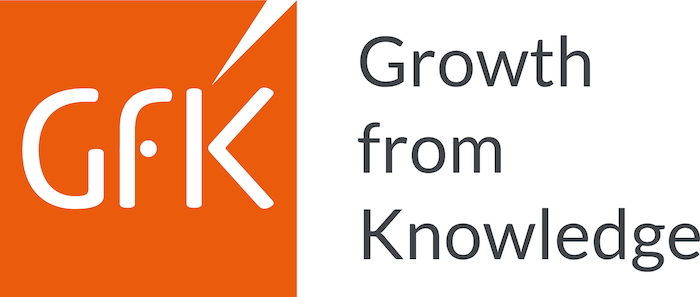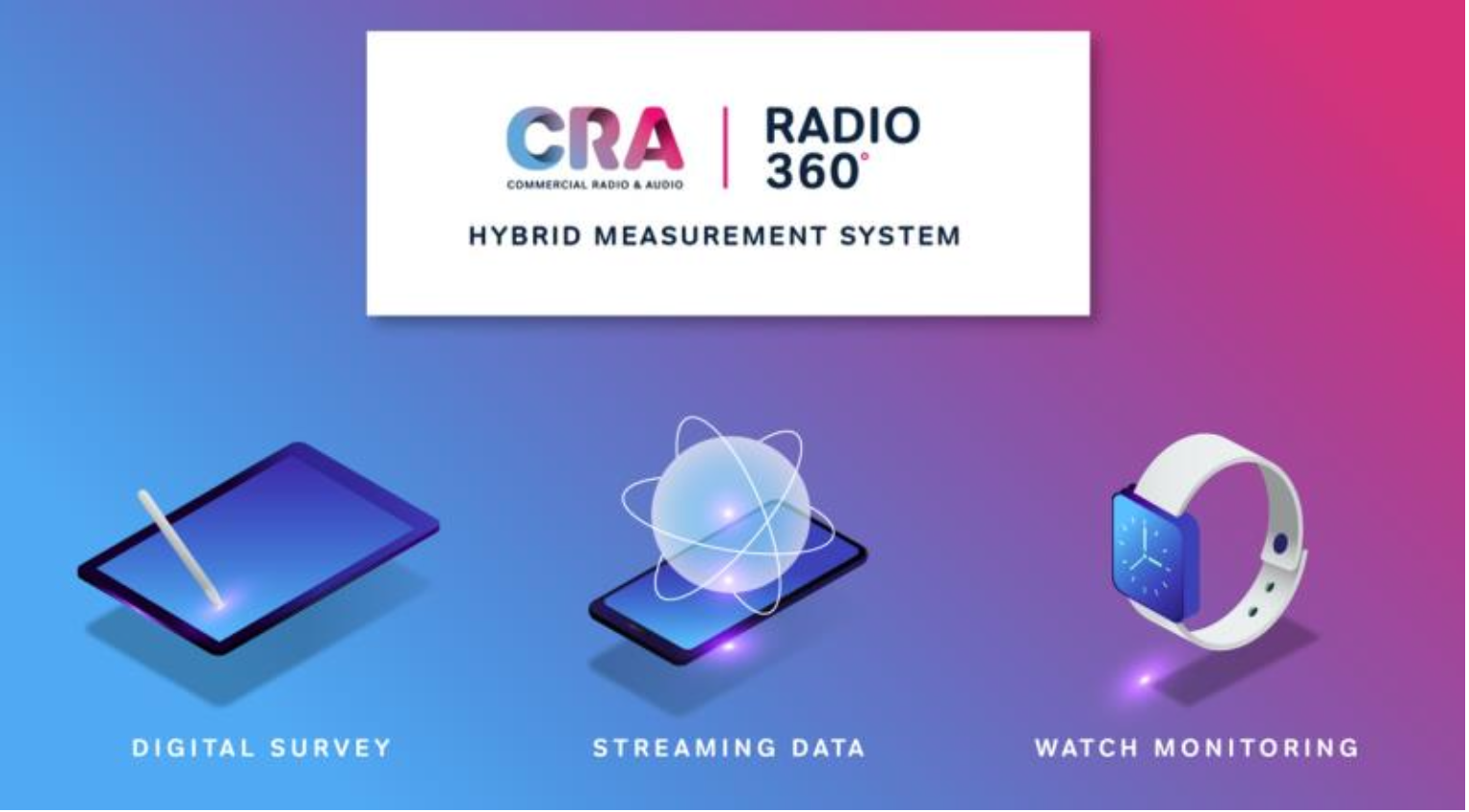When GFK Survey 3 is released to the public tomorrow morning at 9:30, it will be the biggest change in the way radio ratings are measured since the McNair family set up shop circa 1953.
Indeed, things had to change. It’s not that advertisers weren’t aware that radio worked, it’s just that they couldn’t back it up with the kind of data television and press were able to provide. Yet, radio was still content to chug along with the old diary system way past its use-by date even in the face of (now, not so) new media with its much vaunted accountability because, hey, business was just fine. Listeners still tune in, in droves.
It will be nice that, as of tomorrow, with CRA’s launch of a “world-first hybrid measurement system to better measure listening everywhere on every platform,” radio will be able to stack its stats up against other media in a more meaningful comparison than ever before.
But to me, more important than that, is that radio finds itself in a growth stage, not seen since the advent of television, 70 years ago. Radio 360 will be able to capture that audience growth as they migrate with us to online platforms and new ‘unlimited audio’ products such as podcasts.
Congratulations to CRA and GfK for the years of work that’s gone into the making of this exciting new measuring stick that should throw a much broader light on the great wide world of Audio.
Don’t miss history in the making tomorrow as the results of GfK Survey 3 are released here on radioinfo at 9:3oam
Peter Saxon – Managing Editor
Radio 360 Fact Sheet and FAQs
The Australian metropolitan radio ratings will undergo a major evolution in 2023 with the launch of a world-first hybrid measurement system to better measure listening everywhere on every platform.
The Radio 360 system has been developed by GfK for industry body Commercial Radio & Audio and uses data from multiple sources to create a comprehensive view of radio audiences.

The system brings together 50,000 surveys, streaming data from thousands of radio station web players, listening apps and server logs, and a panel of 2,000 respondents wearing the GfK MediaWatch, a wearable meter that automatically captures listening information when the wearer is in hearing range of a radio station.
The new radio ratings provides for the first time a single source of data on each station’s separate streaming and broadcast audiences, giving advertisers granular information so they can better target and optimise the effectiveness of their campaigns.
What will change on survey days?
The publicly released GfK Metro Radio Survey Summary Reports will include new data on streaming audiences for each radio station listed in the survey, enabling ranking of network and station streaming audiences.
Subscribers to the data will be able to see broadcast (AM/FM/DAB+) and streaming audience data through their chosen Gold Standard accredited radio analysis software. Users will be able to analyse the commercial stations’ broadcast audiences and their streaming audiences in the same way they are able to analyse total audience figures currently. The metrics that will be available include cumulative audiences, share, time spent listening and demographics.
How is streaming data collected and what sort of data is available?
Information about streaming audiences was previously included in the radio ratings based on listener recall via the surveys. Under Radio 360, streaming data is obtained directly from source via the daily collection of station server logs and the use of the GfK Sensic Tag across 3,000 radio station stream sources such as websites and listening apps. The data is deduplicated and integrated into the currency, providing insights that have not been available before. This includes the age and profile of streaming audiences, when and where people are streaming radio and lifestyle information.
Are catch up radio listeners included?
No, the first phase of Radio 360 measures streaming of live radio. The audiences for catch up radio or radio show podcasts are reported on as part of the monthly Australian Podcast Ranker. There are plans to integrate podcast measurement into Radio 360 in the future to provide more information on podcast audiences.
Will this change the way networks sell broadcast and digital assets?
That is a decision for each network. According to the IAB Australian Audio State of the Nation report 71% of media agencies intend to increase expenditure in streaming audio in 2023. The addition of a validated, consistent and comparable streaming dataset will provide clarity on digital audiences and provide networks with the option to sell different audience profiles depending on a client’s needs.
How does the GfK MediaWatch work?
A panel of 2000 consumers (400 each in Sydney, Melbourne, Adelaide, Brisbane and Perth) will be asked to wear the GfK MediaWatch to collect data on their radio listening during their waking hours and to dock the wearable at the end of each day to charge and download the listening from that day to GfK. The wearable meters capture the ambient sound that the respondents are exposed to. The data is encrpyted and digitised and cannot be listened to or any audible sound extracted, assuring the respondents’ complete privacy. Thetechnology uses audio matching to identify when the wearer is listening to a radio station and the watches are equipped with heat and motion sensors to confirm the watch is being worn.
Will any watch data be made available?
Watch data is not directly integrated into the currency at launch but the watches will support the creation of special reports based on real-time monitoring from 2024. For instance, watches can be used to provide listening data over the summer period, which is currently not surveyed, and to measure listening patterns related to large scale events and significant news events.
Will the surveys be phased out?
No, the surveys remain an effective and important part of the hybrid system to ensure all listening is captured. Eighty percent of the surveys are completed online and 20% face to face. Wearable meters cannot replace surveys as they do not capture headphone listening and can miss listening time if the user forgets to wear or recharge the watch.
Will there be more frequent surveys released?
Metro radio surveys are currently released eight times per year and there are no plans to change this. However there are plans to release special reports in 2024 that will provide additional insights on listening behaviour.
More information:
CRA: www.commercialradio.com.au/Radio-Surveys
GfK: www.gfk.com/press/radio-audience-measurement-resources


I have completed a radio ratings diary they ask if you listened using DAB+, AM, FM or streaming. The published DAB+ ratings only lists the DAB+ only listeners. For simulcast stations on DAB+, AM or FM, all listening methods are totalled.
With the new rating method it would be interesting to see how many listeners there are for each distribution methods ie DAB+ streaming, and AM or FM.
CRA claims "Seventy-nine percent of cars sold in 2022 were enabled with DAB+ technology.
The figures, compiled by automotive business intelligence group Glass’s Information Services show that 854,626 new vehicles sold in 2022 were equipped with DAB+, an increase of 4% year on year.
GfK’s point of sales report estimates that over eight million DAB+ enabled devices have been sold since the broadcasting technology was launched in Australia."
Now cars like Tesla's are all equipped with DAB+ and bluetooth so the driver can listen to streaming via the phone, but not listen to AM it would be interesting to see what happens to talk station's audience listening methods.
There is a computer program which can tell you which internet service provider the 'hit' is coming from and how many. The computer also has a real time clock, so the real number of listeners is available live. It should not be too hard that if your station has multiple programs to analyse which program is being selected and for how long. The only thing it won't accurartely tell you is how many listeners there are. However, the vast majority of those listening on phones will be single listeners. The smart speaker can be heard by more than one listener. It will be interesting to see the variation from this number with the diary system.
This is the reason why xperi inc. wants https://xperi.com/solutions/connected-car/ so it can watch the listeners! The infotainment system also contains a GPS receiver for the navigation system so it knows where the car is. This has privacy implications.